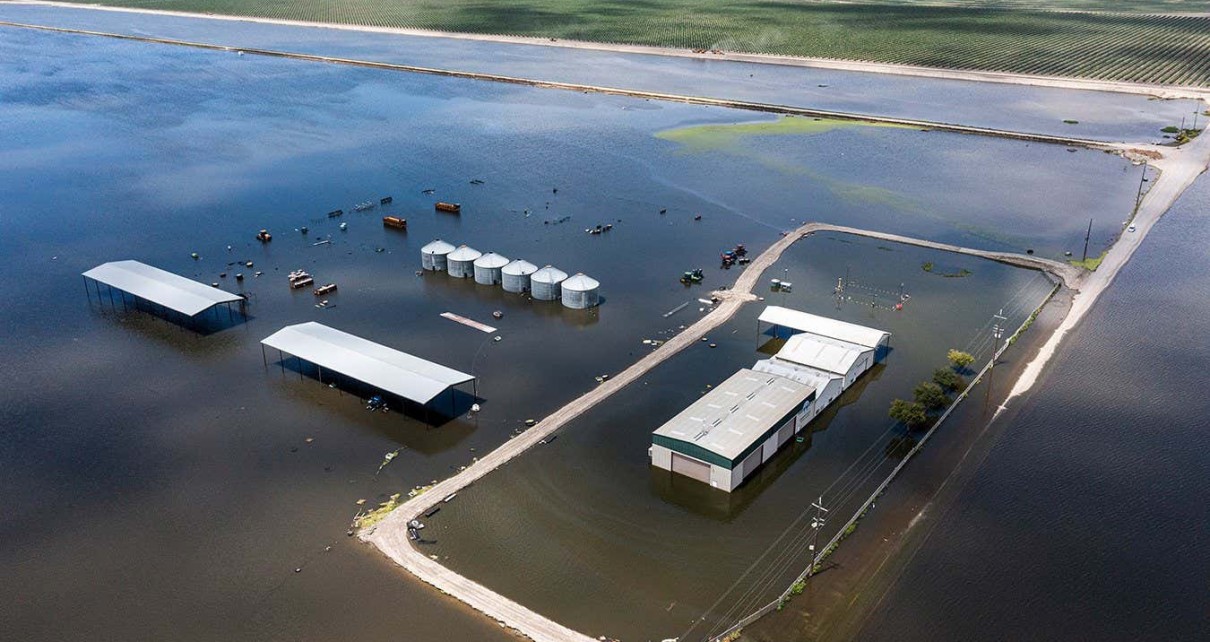[ad_1]

Rain falling instead of snow may have contributed to flooding in California earlier this year
David Paul Morris/Bloomberg via Getty Images
A shift from snow to rain due to climate change is making extreme rainfall and flooding more severe in many parts of the world dominated by snow.
“We already know global warming increases total precipitation,” says Mohammed Ombadi at the Lawrence Berkeley National Laboratory in California. The atmosphere can hold about 7 per cent more water vapour for each degree Celsius of warming.
Warmer temperatures are also known to cause more snow to fall as rain. However, it wasn’t clear how this shift from snow to rain contributed to the extreme rainfall events that drive flooding and erosion, which are key factors for designing infrastructure.
Ombadi and his colleagues looked at weather records for the northern hemisphere from 1950 to 2019 to understand patterns of extreme precipitation. They also used climate models to project these patterns under different emissions scenarios.
In snowy places such as the Himalayas, the Alps and the Sierra Nevada in the US, they found the intensity of extreme rainfall increased by an average of 15 per cent for each degree Celsius of warming, more than twice the global average increase. Based on historical data and on modelling, they found that the shift from snow to rain is the main factor behind the increased extremes.
“We are already seeing that in the data,” says Ombadi. He points to the flooding in California this year and the devastating floods in Pakistan in 2022 as examples where more rain in the mountains may have played a role in flooding downstream.
Frances Davenport at Colorado State University says her research has found rain-driven floods in some regions were more than twice as large as floods driven by snow that melted on the ground, though the link between rainfall and flood risk is complex. “We’re still in a climate where we get both snow and rain, and the fraction can vary a lot,” she says.
Jouni Räisänen at the University of Helsinki in Finland adds that the effect might appear less pronounced if viewed in proportion to local increases in temperature, rather than global averages, since the temperature rises over land tend to be higher. But he expects more extreme rainfall in any case. “This makes very good sense to me,” he says.
Topics:
[ad_2]
Source link




